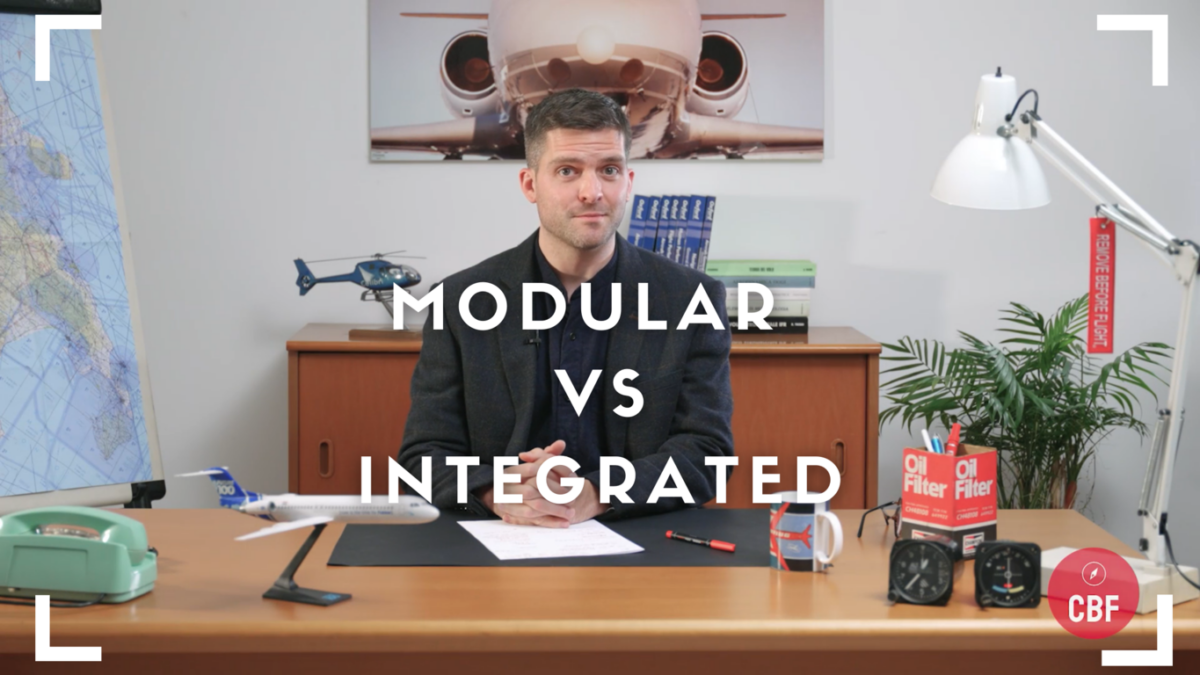THE CHOICE
In conclusion: choose the integrated path only if you already have some aeronautical experience (high school, university or other licenses) and you want to finish everything in the shortest time possible to start your career as soon as possible. Remember that you will have to attend full-time and have the entire amount of the path aside, to pay everything within the expected terms.
If instead you want to start as a complete neophyte, you have to continue working to support yourself and you want to spread the path over several years also for economic reasons, then it is better if you choose the modular one.
CHANGE FROM ONE PATH TO ANOTHER
In any case, the parameters that we have recommended do not derive from the legislation, so you can also decide not to follow them, however if you think you have chosen the wrong path or if you want to at least try one of the two because you are undecided: keep in mind that you can change from one path to the other, within certain time and flight hour limits, without additional costs.
If you have obtained a PPL and want to switch to an integrated one, not all flight hours will be recognized, but if you want to switch from an integrated to a modular one (therefore initially going back to a PPL) the flight school will have to evaluate the practical activity carried out and agree on an ad hoc flight program (if you have done about ten hours of flight, probably all of them will be recognized entirely because the initial syllabi are very similar, but then the missions will be evaluated maneuver by maneuver).
Now that you have understood this fundamental difference, we can go into detail about these two courses, both for future airplane and helicopter pilots.
If you have any questions or curiosities, fill out the info request form.



